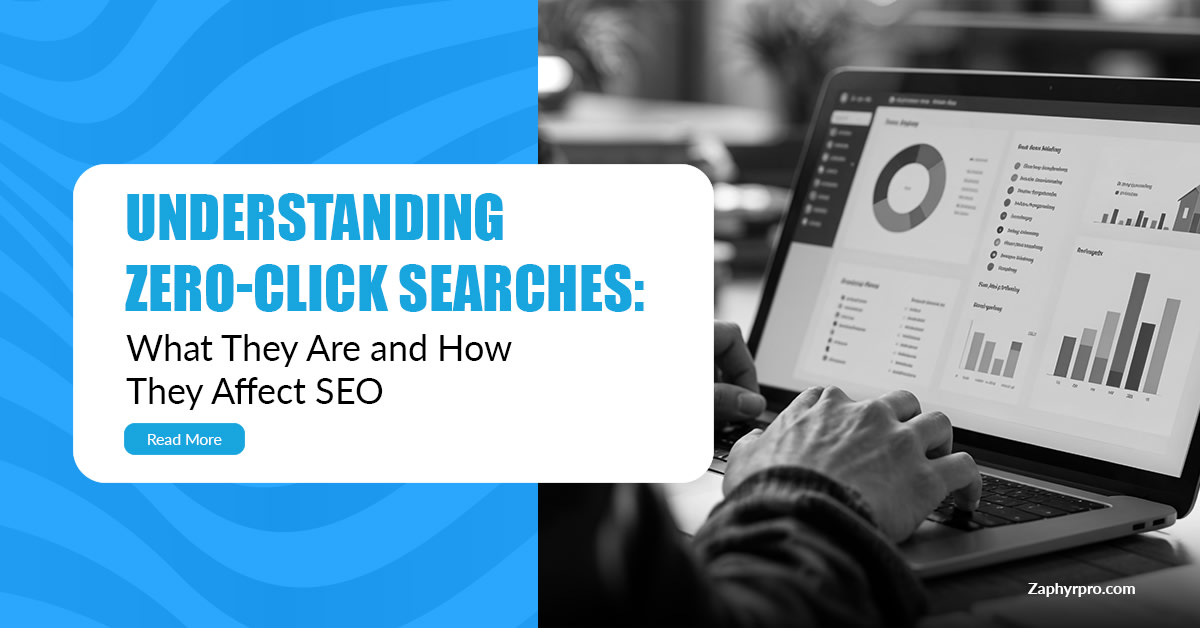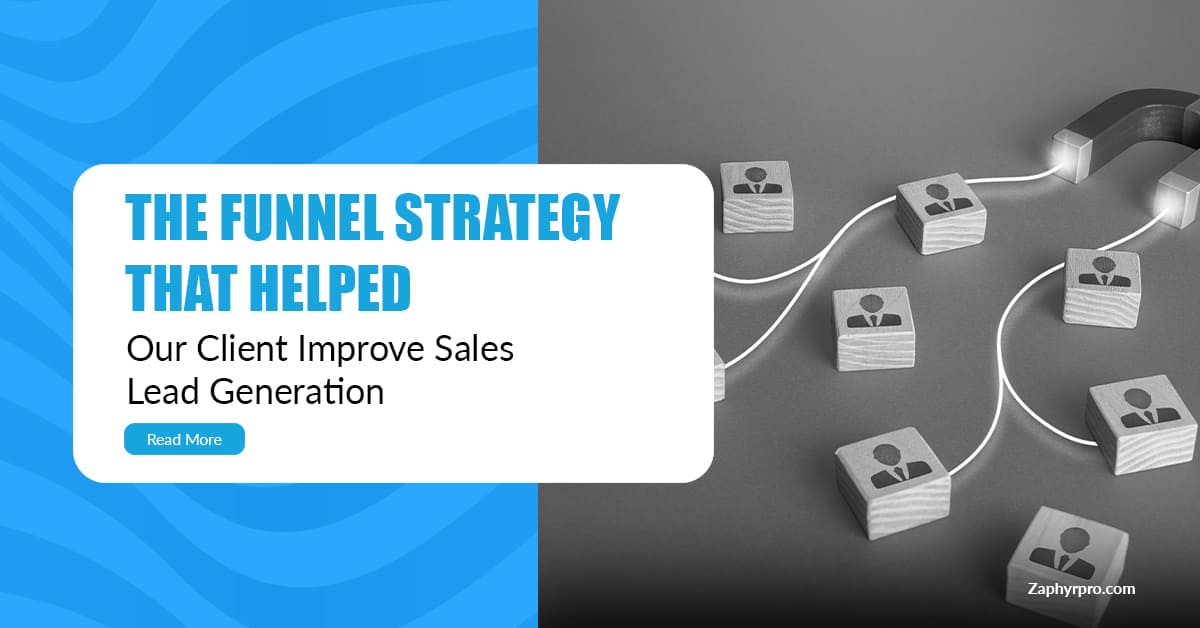The world changed dramatically in 2020. The pandemic reshaped everything, from the way we work to how we interact with potential customers. Business landscapes that once seemed predictable and steady suddenly became uncertain, leading companies to rethink their sales strategies. One of the biggest shifts was the question: Is outbound lead generation still effective in this new world?
Outbound lead generation, once a cornerstone of many B2B sales strategies, now faces the challenge of adapting to a post-COVID landscape. With increased reliance on digital tools and changing buyer behavior, it’s essential to reassess whether traditional methods like cold calling, email outreach, and direct messaging are still powerful tools for lead generation.
In this article, we’ll explore how outbound lead generation is holding up in the ‘New Normal’ and provide actionable tips on how to make it work for today’s decision-makers looking for business leads.
1. The Impact of the ‘New Normal’ on Sales
When we talk about the ‘New Normal’, we’re referring to the lasting changes that COVID-19 introduced in the business world. Remote work, digital transformation, and a shift in consumer behavior have all contributed to a more complex sales environment. The pandemic, combined with the rise of hybrid work environments and heightened digital adoption, forced sales teams to adapt quickly.
Changing Buyer Behavior
Today’s B2B buyers are more empowered than ever. They rely heavily on online research and often make decisions without interacting with a sales representative. A study by Gartner found that B2B buyers now complete 70% of their research before ever engaging with a sales team. This means that cold calling, once a core part of outbound lead generation, faces new hurdles. Buyers today expect tailored, relevant communication rather than generic sales pitches.
Remote Work and Digital Tools
The rise of remote work and the widespread use of digital tools have further altered the B2B sales landscape. Many buyers now prefer to engage via email, LinkedIn, or even video calls, making traditional methods like face-to-face meetings and cold calls less effective.
But does this mean outbound lead generation is dead? Absolutely not.
2. Why Outbound Lead Generation Still Works
Despite the challenges, outbound lead generation is not only still effective, it can be even more powerful if approached strategically. Here’s why:
Personalization Drives Engagement
In the age of information overload, generic outreach simply doesn’t cut it. According to HubSpot, personalized emails have a 29% higher open rate and a 41% higher click-through rate compared to generic ones. Tailoring your messaging to a prospect’s specific pain points, needs, and business challenges can make all the difference.
This is where outbound lead generation still shines. By directly reaching out to prospects and crafting messages that speak to their individual circumstances, sales teams can build stronger connections and increase the chances of engagement. In today’s environment, personalization is key.
Targeted Outreach to High-Value Prospects
One of the biggest advantages of outbound lead generation is the ability to focus on a specific, high-value list of prospects. Unlike inbound marketing, which attracts leads passively, outbound efforts allow you to reach out to exactly who you want to target.
This is especially important in today’s competitive landscape, where the volume of leads can be overwhelming, and businesses need to focus on high-potential prospects. By carefully selecting and targeting leads, sales teams can increase the likelihood of conversion and ROI.
Control and Predictability
Outbound sales efforts provide control over the messaging, timing, and follow-ups. You know exactly when to reach out and what to say. With the unpredictable nature of the current market, this level of control can offer a sense of security, allowing teams to forecast results more accurately.
In addition, tracking metrics such as response rates and conversion rates can give sales teams a clearer picture of what’s working and where adjustments are needed. This makes outbound lead generation more predictable compared to the fluctuating success of inbound efforts.
Building Stronger Relationships
While digital tools have allowed for remote interactions, they have also made personal connections more difficult. Outbound lead generation, particularly through phone calls or personalized emails, can create a direct connection between the sales team and the prospect. Building this rapport is essential for creating trust, which is especially important when navigating uncertain times.
3. Overcoming Challenges in Outbound Lead Generation
While outbound lead generation is still effective, there are some challenges that need to be addressed. Let’s take a look at what these challenges are and how to overcome them.
Increased Competition for Attention
In the post-COVID world, decision-makers are busier than ever. Sales teams are no longer competing with just other vendors but with the constant influx of emails, social media updates, and marketing messages that fill inboxes and timelines.
The key to overcoming this challenge is standing out. Personalization is critical here, but so is timing. Studies show that 9 a.m. to 11 a.m. on weekdays is the most effective time to send outreach emails. This is when prospects are most likely to be checking their inboxes, so it’s important to time your outreach efforts for maximum impact.
Higher Expectations for Relevance and Value
Prospects are more discerning than ever. They expect value upfront and will quickly disengage if they feel like the outreach is irrelevant to their needs. To make outbound lead generation work, you need to ensure that your outreach provides immediate value and speaks directly to the prospect’s current challenges.
An effective outbound lead generation strategy is about offering solutions, not just pitching products. Whether you’re reaching out via email or a cold call, make sure the prospect sees how your product or service can solve their problem. This approach increases the likelihood that the lead will engage with your messaging.
Risk of Burnout and Negative Perceptions
If not executed properly, outbound efforts can easily overwhelm prospects, especially when sales teams are relying heavily on automated tools or repetitive scripts. This can lead to “spam” perceptions and increased resistance from potential leads.
To avoid this, ensure that your outreach feels authentic and thoughtful. This means integrating automation with personalization, using tools like LinkedIn InMail or advanced email sequences that allow you to nurture prospects over time.
4. Best Practices for Effective Outbound Lead Generation
So how can your sales team make outbound lead generation work in this new environment? Here are some best practices that can help you succeed:
-
Leverage Data for Targeting
- Start with a solid understanding of your ideal customer profile (ICP). Use data to find prospects who are most likely to benefit from your product or service. Tools like LinkedIn Sales Navigator and ZoomInfo can help you pinpoint high-value leads and target them with precision.
-
Craft Irresistible Messaging
- Your outreach should be concise, personalized, and focused on the prospect’s needs. Avoid long, generic emails that make your lead feel like just another number in your CRM. Instead, highlight specific pain points, offer a solution, and always include a clear, compelling call to action (CTA).
-
Use an Omnichannel Approach
- Don’t rely solely on one channel. While email and phone calls are effective, incorporating social selling through platforms like LinkedIn can dramatically increase your reach. A mix of outreach methods creates multiple touchpoints, ensuring that your message gets through to the prospect.
-
Automate Without Losing the Human Touch
- Automation tools can help streamline your efforts, but never sacrifice personalization. Tools like HubSpot and Outreach allow you to set up automated sequences that feel natural and are easy to follow. Always leave room for human interaction to maintain that personal touch.
-
Follow Up Consistently
- Persistence is key. Research shows that 80% of sales require 5 follow-up calls after the initial contact. Make sure you’re following up regularly, offering value at each stage, and keeping the conversation alive.
5. The Future of Outbound Lead Generation
While the sales landscape has evolved, outbound lead generation is here to stay. The future lies in integrating outbound strategies with inbound marketing efforts. Combining both allows for a steady flow of leads and a more balanced approach to sales.
Evolving Tools and Technology
The rise of AI and predictive analytics will continue to shape the way we approach outbound lead generation. Sales teams will be able to leverage technology to better understand prospect behavior, tailor messaging, and predict which leads are most likely to convert.
The Hybrid Approach
A hybrid model that blends outbound outreach with inbound strategies, such as content marketing and SEO, will be crucial for future success. Outbound lead generation isn’t going anywhere—it’s evolving to become more sophisticated and integrated with other marketing efforts.
Conclusion: Outbound Lead Generation in the ‘New Normal’
Outbound lead generation remains a critical tool in any sales team’s arsenal, especially when done with precision, personalization, and empathy. While the world has changed, the fundamentals of building meaningful relationships and offering valuable solutions to prospects still hold true. By adapting to new buyer behaviors, embracing technology, and using data to drive decisions, outbound lead generation can thrive in the ‘New Normal.’
So, is outbound lead generation still effective? Yes, and it’s more important than ever. The key to success lies in adapting to the changes, fine-tuning your approach, and making every interaction count.










